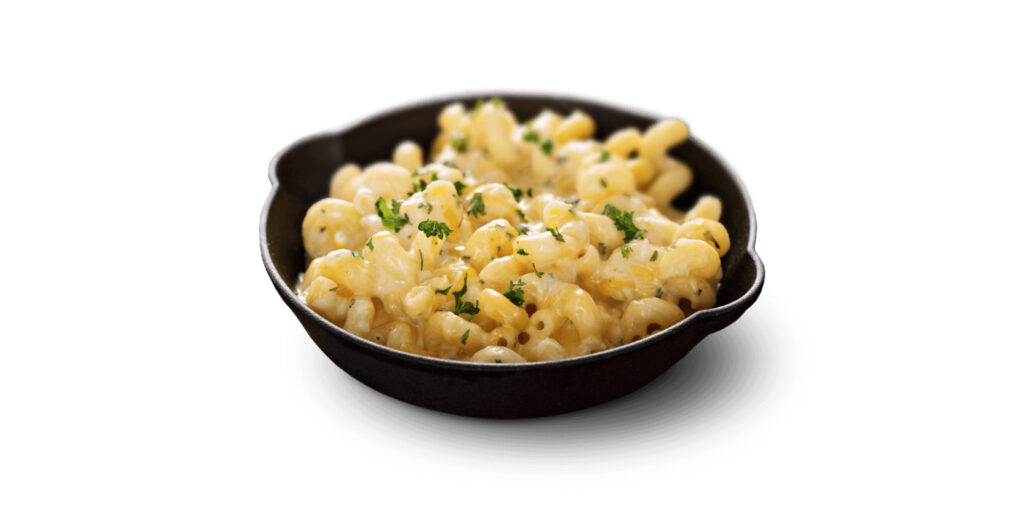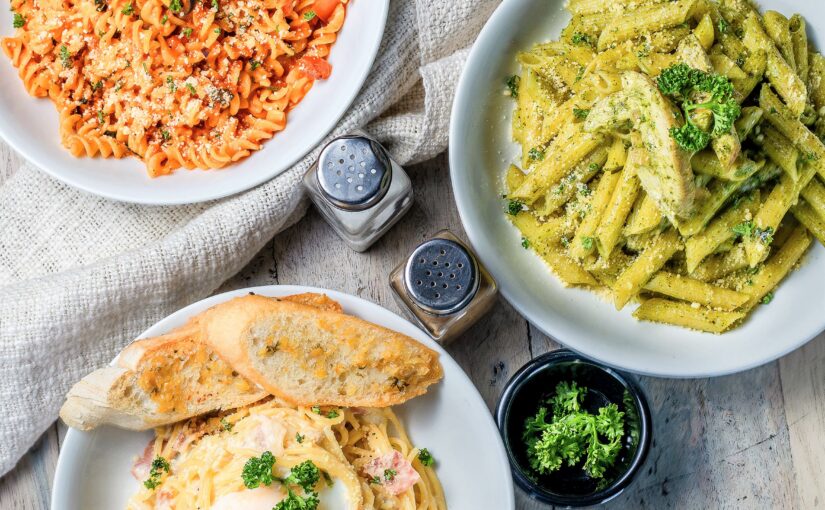Foodservice Recovery & Insights Into 2022
Dec 30In early 2021, we noted the pandemic-driven takeout boom that kept many foodservice operators afloat. As the country navigates the return to eating out in the midst of COVID variants, operators are responding to the dynamic needs of dine-in and takeout.
Operator Landscape Shifting
Over the past two years, the industry saw a wave of smaller / independent restaurant closures as a result of COVID, while larger chain operations fared better, as they had the scale, financial resources, and tools to pivot quickly (e.g. app-enabled takeout and pick-up, drive-through, access to labor).
Takeout Goes Digital
Takeout habits have settled at significantly higher rates and are expected to remain. Recent research indicates that consumers prefer ordering online or through an app, rather than over the phone. The takeout trend is a sticky one, with delivery retention expected to be ~75% post-pandemic, and ~90% among those who ‘primarily’ use a food-delivery app (Needham). Additionally, over half of consumers say ordering takeout from a restaurant makes them more likely to eat at, or from, that restaurant again. Digital capabilities are a key asset for operators moving forward.
Menus Feature Comfort Food
While dining out, consumers crave comfort, premium, and classic dishes. Operators can approach this trend by promoting popular items from their core menus (as seen with more streamlined, simplified menus), or offering limited time offers (LTOs) to pull in new customers. Comfort food demand is expected to remain high, and operators can maintain momentum with a spin on classic dishes (e.g. Mac & Cheese with unique shapes and artisan cheeses, Bolognese, Carbonara).
Additional foodservice trends that align well with what we see in the retail sector:
- We may see a boom in the automation of menus, with artificial intelligence (AI) providing suggestions – adding one item to your cart may pull up a handful of other delicious pairings.
- Grab-and-go offerings may be another way to attract and retain customers, as workplaces adopt hybrid work schedules and people look for quick, convenient meal options.
- Meat and dairy alternatives also show growth in the foodservice category, as younger consumers explore special diets.
- Consumers seek brands that align with their personal values, so operators are taking on new social responsibility, including sustainability, waste reduction, and ethical sourcing.
Sources: CGA Insights; MarketWatch; FoodBusinessNews.


 Dec 27
Dec 27